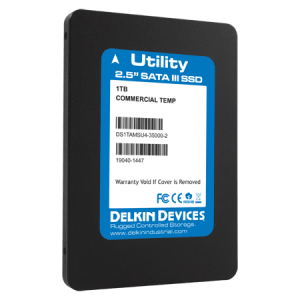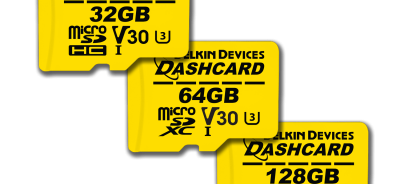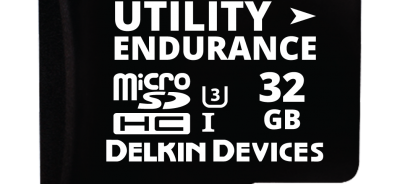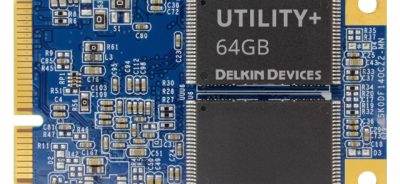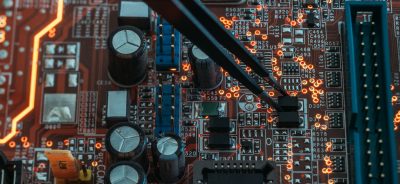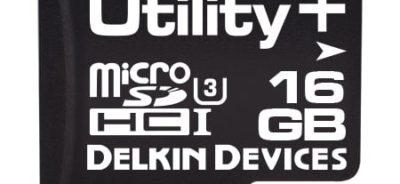Get the Facts about Flash SSD Drive Options
A flash SSD drive is the standard form of storage used in most consumer and industrial applications. These drives have long outpaced hard disk drives, or HDDs, which were once considered the gold standard for embedded memory systems. This shift has taken place due to the better endurance and speed of SSDs. SSDs, or solid state drives, with flash memory are also more tolerant of extreme operating conditions, allowing them to be used in industrial applications without the same difficulties as HDDs. Are you looking for more information about flash SSD drives? Here are the facts you need to know.
Flash is a non-volatile form of storage.
A distinction between flash and other forms of memory, like RAM, is that flash is non-volatile. Non-volatile memory stores data even when there is not a power source. RAM and other forms of volatile memory require a power supply, or they will lose data. Flash’s non-volatile storage, coupled with its overall low power consumption, make flash SSDs a good fit for power-constrained applications and those with critical data that need the security of a non-volatile storage option. Keep in mind that most SSDs were designed with RAM when they were first introduced to the market, and RAM SSDs are still available.
Flash SSDs typically use NAND flash technology.
NAND and NOR are two kinds of flash technology. The difference in these technologies is their logic gates. With NAND, data are read and written in blocks, and with NOR, data are read and written in bytes. Generally, NAND flash is the preferred option, thanks to higher endurance levels and higher capacities. Most flash SSDs contain NAND flash technology.
All flash memory has a finite lifespan.
Flash technology has a finite number of program cycles it can perform. Read-only operations do not affect flash lifespan. This means that applications which are programmed once and read repeatedly, such as in gaming devices, typically have minimal lifespan concerns. With more write-intensive applications, however, it’s important for developers to be aware of the limited cycle numbers. SLC flash has the longest lifespan by a wide margin, and MLC flash has the second longest lifespan. Flash SSDs have integrated algorithms that monitor the remaining lifespan to alert users when it is almost time for a replacement device.
Delkin offers a range of rugged, industrial flash SSDs for use in applications ranging from healthcare to automation. Our product team is available to answer your questions about flash SSD drive options today.
ORDER DELKIN INDUSTRIAL FLASH STORAGE TODAY through our distribution partner Newark.
 Login
Login Register
Register


